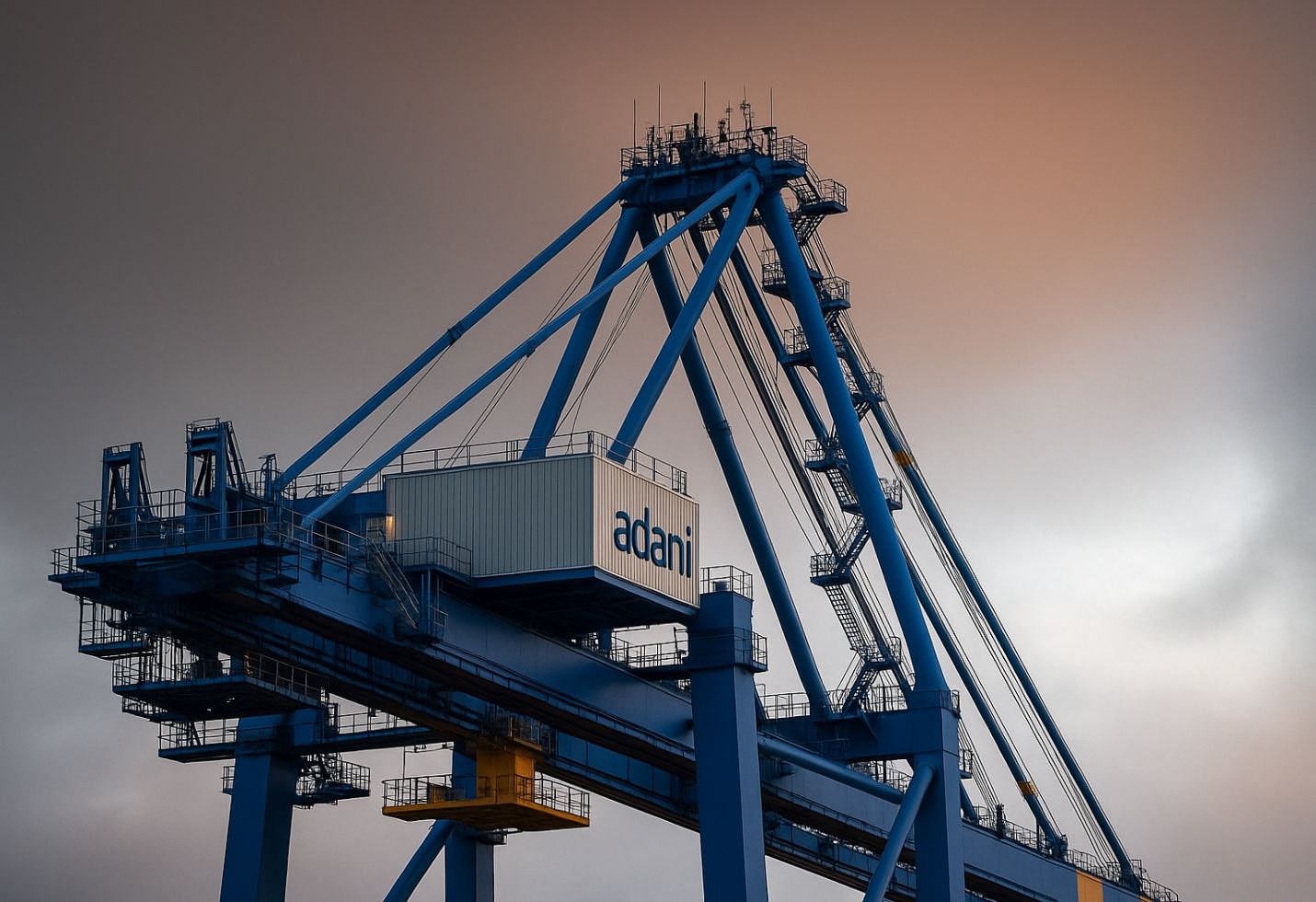Why HSBC Upgrading India to ‘Overweight’ Matters — And How Retail Investors Can Position Themselves
On September 24, 2025, global banking giant HSBC revised its rating on Indian equities from Neutral to Overweight. The decision was based on relative valuations that now look favorable compared to other Asian markets. This comes after months of cautious sentiment amid foreign portfolio investor (FPI) outflows of nearly ₹1.38 lakh crore in 2025 (till September). The shift is significant because global institutional views often shape cross-border capital flows. When a major bank such as HSBC issues an upgrade, it signals renewed foreign interest, potentially stabilizing markets that had been experiencing volatility.
The Valuation Argument
India’s premium valuations have often been a sore point. As of September 2025, the Nifty 50 trades at a trailing P/E of around 22 times earnings, compared to the MSCI Emerging Markets index at approximately 14 times. HSBC’s upgrade suggests that despite this apparent premium, India’s structural growth story justifies higher multiples. With GDP growth projected at 6.5% in FY26, faster than most major economies, earnings momentum remains intact. In fact, corporate profits to GDP in India rose to 5.2% in FY25, up from 4.1% in FY23, signaling expanding profitability.
Macroeconomic Backdrop Supporting the Upgrade
Several macroeconomic developments reinforce HSBC’s optimism:
* Inflation Cooling: Consumer price inflation moderated to 4.8% in August 2025, within the Reserve Bank of India’s (RBI) target band of 2% to 6%.
* Monetary Stability: The RBI is expected to keep the repo rate steady at 5.5% on October 1, 2025, supporting liquidity without stoking inflationary pressures.
* Strong Domestic Flows: Monthly SIP inflows reached ₹28,265 crore in August 2025, indicating strong domestic retail support despite FPI withdrawals.
Together, these factors highlight India’s relative resilience, making its equity markets a safer destination compared to peers exposed to global slowdown risks.
Sectoral Opportunities Emerging
HSBC’s Overweight rating does not mean all sectors are equally attractive. Retail investors should focus on areas with structural growth drivers and favorable policy tailwinds.
* Banking and Financial Services: Credit growth has sustained at 14% to 15% YoY in FY25, and balance sheets are healthier with non-performing asset ratios below 3%, the lowest in over a decade.
* Infrastructure and Capital Goods: Government capital expenditure surged by 25% YoY in FY25, with roads, railways, and green energy projects benefiting companies across construction, cement, and engineering.
* Consumer Discretionary: Rising disposable incomes in Tier-2 and Tier-3 cities continue to fuel demand in automobiles, electronics, and lifestyle goods.
* Technology and Digital Services: Despite global IT headwinds, digital adoption and AI-led transformation in domestic enterprises create medium-term growth opportunities.
Risks That Cannot Be Ignored
While HSBC’s upgrade is encouraging, investors must weigh associated risks.
* Foreign Outflows: FPIs withdrew nearly ₹7,945 crore in September 2025 alone. Persistent outflows may cap upside in the near term.
* Global Trade Pressures: OECD’s September 2025 report flagged tariff-related risks that could affect export-driven sectors like IT services and specialty chemicals.
* Earnings Volatility: A monsoon shortfall could impact rural demand, slowing consumption recovery in key sectors such as FMCG.
Thus, the outlook remains constructive but not without caution.
Positioning Strategies for Retail Investors
For retail investors, the upgrade is not a cue to indiscriminately buy equities but to position portfolios smartly.
* Core Passive Allocation: Index funds and ETFs tracking the Nifty 50 or Nifty Next 50 provide low-cost exposure to the broad market, benefiting from structural growth.
* Sectoral Tilt: Add exposure to financials, capital goods, and consumer discretionary sectors that align with domestic growth stories.
* Defensive Balance: Maintain some allocation to healthcare and utilities as hedges against global or domestic shocks.
* Systematic Approach: Continue with SIPs to smooth out volatility, as timing the market remains difficult even during bullish upgrades.
Conclusion
HSBC’s decision to upgrade Indian equities to Overweight in September 2025 reinforces India’s position as a resilient, growth-driven economy, even as other markets falter. Strong domestic flows, cooling inflation, and robust earnings justify the optimism. For retail investors, the path forward lies in disciplined allocation—balancing passive exposure with selective sector bets, and maintaining patience for compounding to work. While risks remain, India’s equity story continues to shine brightly on the global stage.
The image added is for representation purposes only










